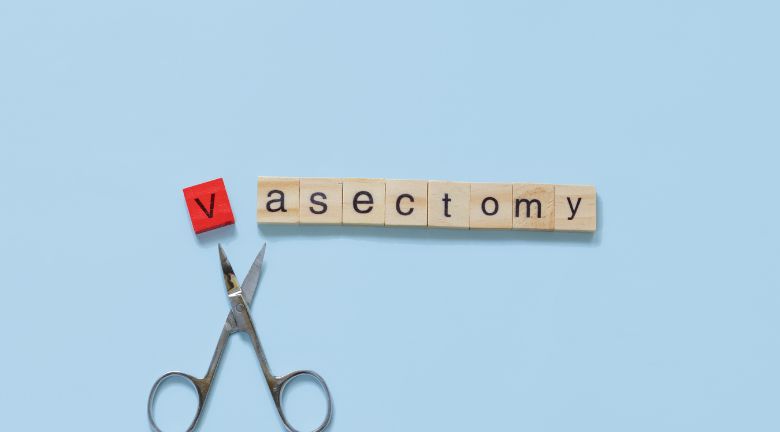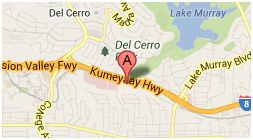Are There Different Types of Vasectomies?

Not only is a vasectomy one of the most common, effective, and safest procedures performed, but aside from abstinence, there may be no better form of birth control. As men may hesitate to undergo a conventional vasectomy, you may consider an alternative procedure. At San Diego Vasectomy Center (SDVC), we provide the “no-scalpel” or “no-needle” techniques. They’ve been found to result in less pain and discomfort, quicker recovery times, and fewer side effects.
The Pros and Cons Of Conventional Vasectomy
A vasectomy is an outpatient procedure, in which a doctor, typically a urologist, injects a local anesthetic into the scrotal area, using a needle. They make 1-2 small incisions into the scrotum, and cut the vas deferens. It’s sealed, surgically or by burning the ends, and the incisions are closed and stitched up. As it’s almost 100% effective in preventing pregnancy, you and your partner won’t need birth control. This procedure is also less expensive than women’s long-term birth control medication or female sterilization (tubal ligation).
However, it’s still surgery, and you may have mild or moderate pain, like pulling or tugging, and localized aching for a few days. There may be complications and side effects, such as bruising and epididymitis. You may also be at risk for antibodies, in which your immune system attacks and kills your sperm, making conception more difficult. You’ll also have to curtail your routine for about a week.
Why Consider No-Scalpel And No-Needle Vasectomy?
Faced with its potential drawbacks, many men prefer alternative methods over traditional vasectomy. Your doctor may even combine various techniques.
No-Scalpel Vasectomy
With this minimally invasive technique, rather than making a scrotal incision, the urologist makes a tiny puncture hole. They gently lift the vas deferens, allowing it to be cut, tied or seared, and put back in place. No cuts or stitches are needed, bleeding is reduced, and it heals quickly, with little or no scarring. Discomfort is reduced, both during and after the procedure. You’ll also experience fewer associated complications, like bruising and scarring. Typically, recovery time may be up to 50% percent faster than a traditional vasectomy, with the entire procedure taking about 10 minutes.
No-Needle Vasectomy
The administration of local anesthesia before vasectomy can cause anxiety. However, a no-needle vasectomy allows you to avoid a painful scrotal injection. Instead, they use a hypospray, a common anesthesia for dental procedures, which numbs the operating area instantly without a painful needle injection, offering much less discomfort, faster recovery, and fewer complications.
Your doctor may also administer Exparel, a long-lasting anesthetic that provides pain relief for three days afterward. Often known as a “no pain” vasectomy, you can quickly return to your daily routine. There’s less discomfort, without the need for additional narcotic pain-relief medications.
Turn To An Experienced Vasectomy Provider
An alternative vasectomy technique may offer less pain, fewer side effects, and quicker recovery. At SDVC, Dr. Martin Bastuba, renowned urologist and vasectomy surgeon, recommends the no-needle, no-scalpel vasectomy to all of his patients. If you’re interested, please ask The San Diego Vasectomy Center for more details.


